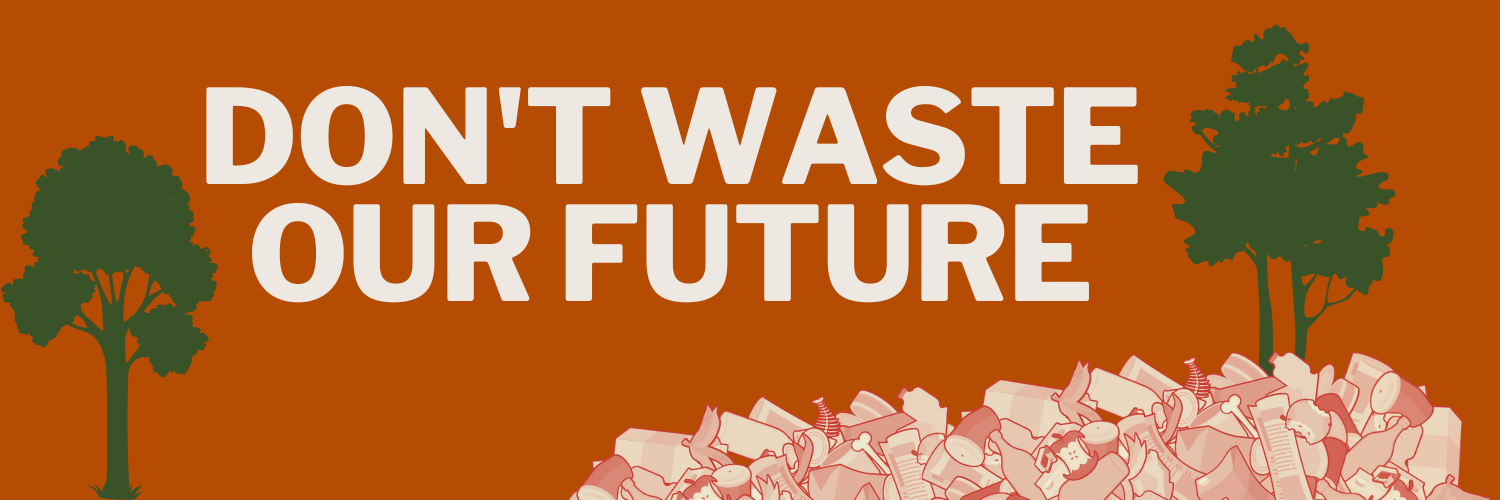UN Sounds “Final Warning” on Global Warming
We Must Address Landfill Methane Super Emitters
Last week, the UN Intergovernmental Panel on Climate Change released its latest report on climate change: a clear warning that the climate time-bomb is ticking. At the same time, the report demonstrated that we have available solutions to reduce global warming. Secretary General Antonio Guterres stated, “We have never been better equipped to solve the climate challenge — but we must move into warp speed climate action now.” In fact, the UN report found that large emissions reductions are possible through cost-effective mitigation options. These options include methane emissions reductions from the waste sector, coal, oil, and gas. Methane is over 80 times more potent than carbon dioxide in the near-term.
Multiple studies have found landfills are a significant source of methane emissions, and many are considered to be methane super-emitters (super emitters emit over 10 kg per hour, though most emitted much more than that). A study on methane super-emitter activity in California, published in Nature in 2019, surveyed flights over 272,000 industry infrastructure elements, using Next Generation Airborne Visible/Infrared Imaging Spectrometer. The survey included oil and gas production, processing, transmission, storage and distribution; refineries; dairy manure management; landfills and composting facilities; wastewater-treatment plants; gas-fired power plants; and liquified and compressed natural gas facilities. Multiple overflights were conducted for the same infrastructure over several years to assess source persistence. Researchers found that the largest methane emitters in California are a subset of landfills, which “exhibit persistent anomalous activity.”
According to the study, “Methane point-source emissions in California are dominated by landfills (41 per cent), followed by dairies (26 per cent) and the oil and gas sector (26 per cent).”. The authors state, “Methane ‘super-emitter’ activity occurs in every sector surveyed, with 10 percent of point sources contributing roughly 60 percent of point-source emissions.” That means a minority of high-emission sites are causing the biggest part of our methane problem.
As I’ve written about in a past blog post, recent research in California from the California Air Resources Board (CARB) found that when landfills have big methane plumes, they are, on average, much bigger than oil and gas wells, dairy, and energy industry sources. Simply put, we know what industries are responsible for methane emissions, and we even have the technology to pinpoint where super-emitter activity is occurring. Too often, it’s from a landfill.
Unfortunately, regulatory requirements that landfills must follow to detect methane emissions have not caught up to where technology is today. There is no landfill super emitter detection and response program. There is no use of satellite/flyover methane detection as part of federal requirements for landfills. We cannot be successful in our fight against the catastrophic effects of climate change if we do not change the status quo. Without truly understanding the massive scale of the problem, it will be even more difficult to advocate for the transformational change we need to protect the climate.
